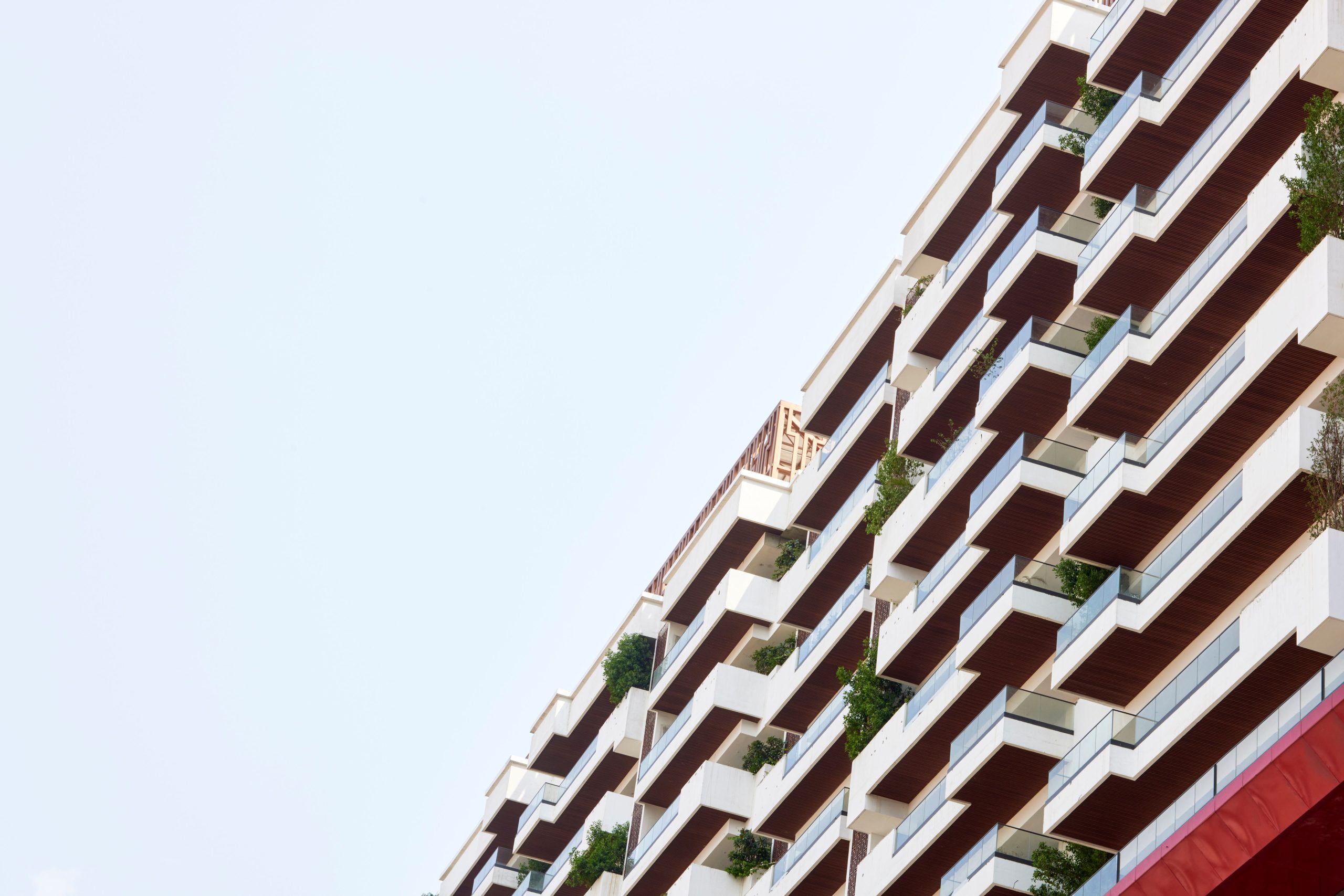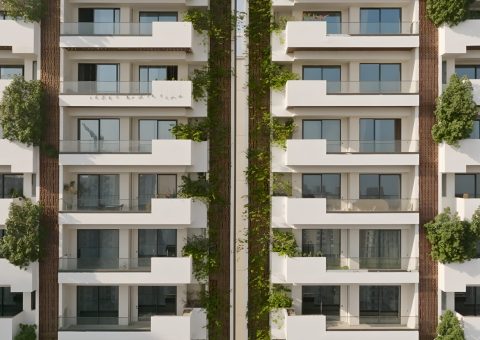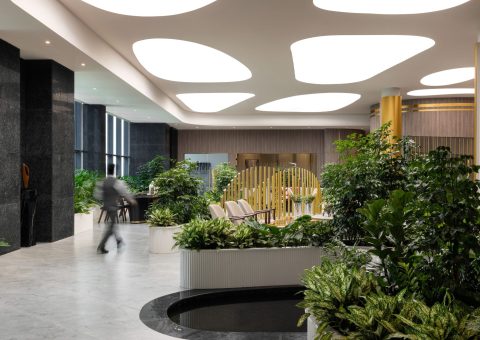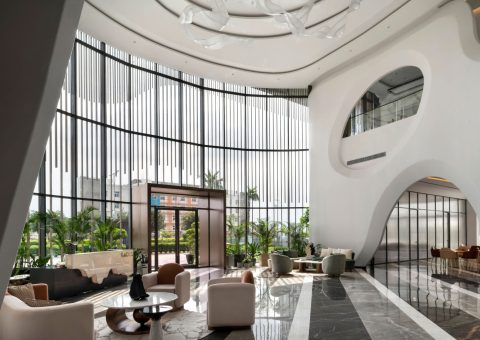Is Community Living the Future of Residential Development in India
Historical Roots and Evolution
India has a long-standing tradition of community living, deeply embedded in the cultural fabric from ancient courtyards to bustling public streets. Over time, these practices have evolved—what was once defined by shared neighbourhoods is now transforming into dynamic, integrated living environments. Migration to tier 1 cities has heightened the need for community-centric models, as urban dwellers often face isolation amid dense high-rises. Community living now emerges as a response to this solitariness, pooling resources and promoting social connectivity in ways that honour traditional values while adapting to modern lifestyles. The transformation is evident in the shift from conventional streets to interactive walkways and communal spaces that foster engagement and collaboration.

Architectural Strategies for Community Living
Architecturally, community living is not merely about incorporating shared facilities—it is a deliberate strategy that redefines spatial connectivity and inclusivity. Modern residential developments now feature co-working zones, landscaped courtyards, recreational areas, and cultural hubs that encourage interaction and nurture a strong sense of belonging. This approach not only enhances community spirit but also optimises resource use, reducing costs and environmental impacts through economies of scale. In tier 1 cities, community living addresses the pressing issues of urban density and affordability by providing shared amenities and flexible living arrangements that counteract the isolation often experienced in high-rise environments. By blending private living with collective experiences, these designs redefine the very notion of home.
Sustainability and Resource Efficiency
Sustainability is intrinsically linked to community living. By pooling resources, these developments can implement shared energy systems, water conservation measures, and green infrastructures that significantly reduce carbon footprints. The collaborative management of communal facilities—such as solar installations and rainwater harvesting systems—promotes a collective responsibility towards environmental stewardship. Eco-friendly materials and passive cooling techniques further contribute to energy savings and improved thermal comfort. This integrated approach ensures that urban developments are not only cost-effective but also contribute to a healthier, more resilient environment for all residents. Community living, therefore, becomes a vehicle for sustainable urban development, addressing environmental challenges while fostering a vibrant, interconnected lifestyle
The Future of Community Living in India
As urbanisation continues to reshape Indian cities, the concept of community living is set to redefine residential development. The modern urban landscape demands spaces that are both sustainable and socially enriching. Community living offers a solution by combining shared amenities, flexible layouts, and resource pooling to create neighbourhoods that are efficient, affordable, and supportive. By facilitating organic interactions and collective responsibility, this model addresses not only the physical needs of urban dwellers but also their emotional well-being.
At Confluence, we have strived to emulate this community-centric model and approach to design in our residential projects, with their large decks, landscaped courtyards, and public spaces. As architects, our role is to design environments that not only meet these practical needs but also enrich the human experience, paving the way for a resilient and interconnected urban future.
At Confluence, we have strived to emulate this community-centric model and approach to design in our residential projects, with their large decks, landscaped courtyards, and public spaces. As architects, our role is to design environments that not only meet these practical needs but also enrich the human experience, paving the way for a resilient and interconnected urban future.



